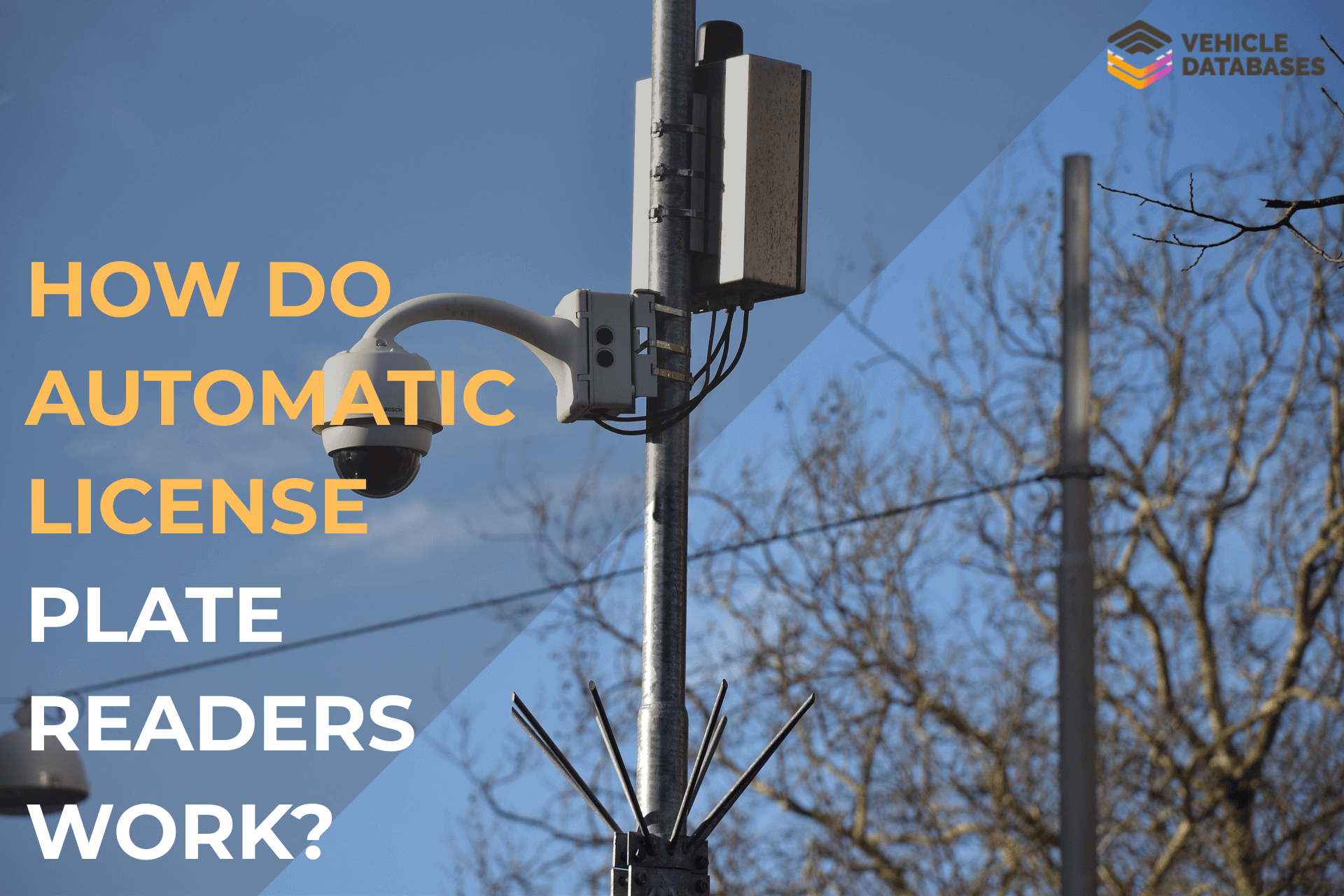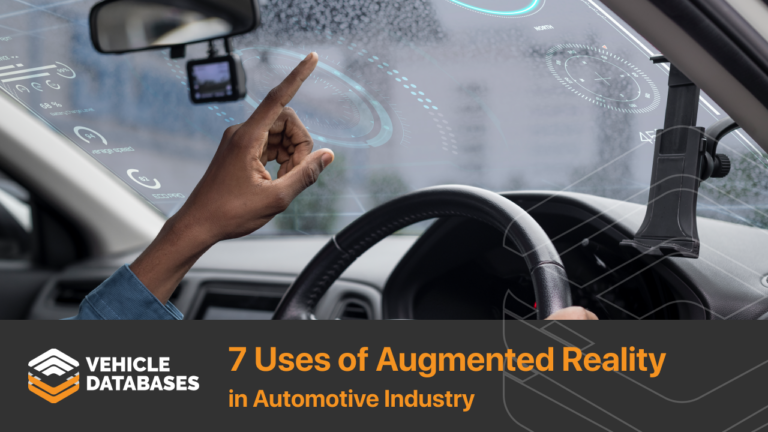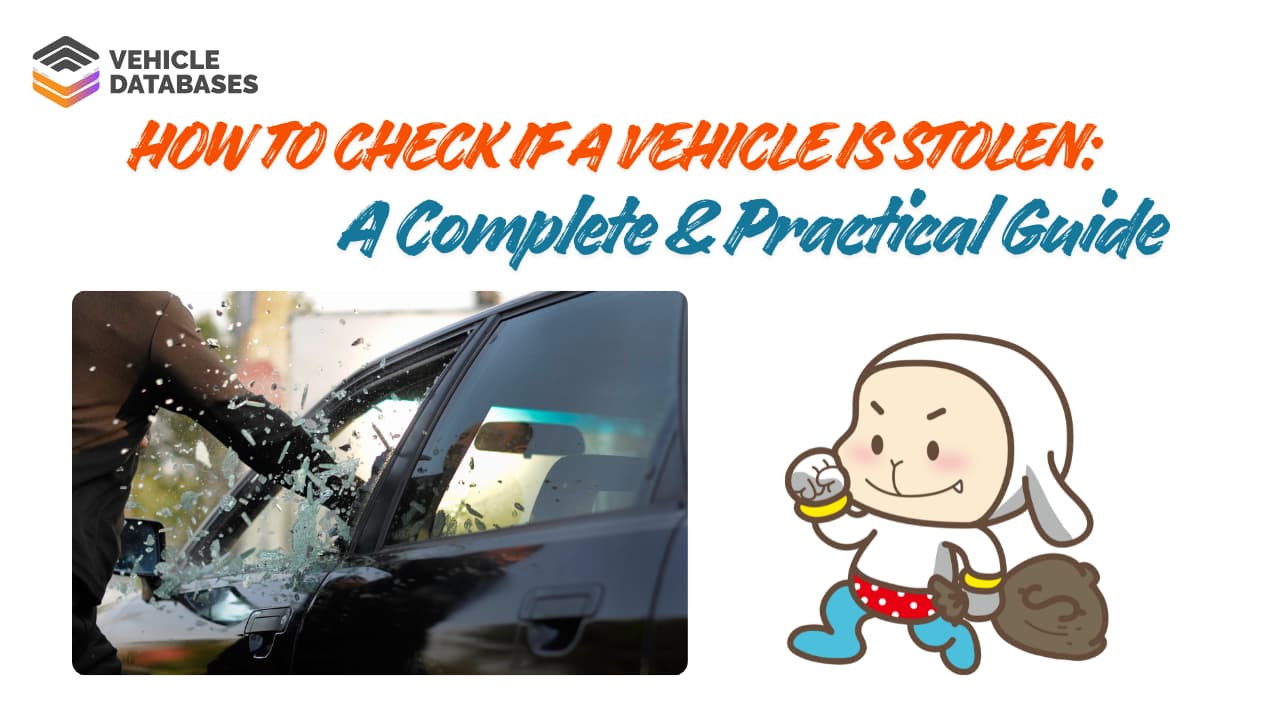Over the years, license plate readers have become a huge part of security and law enforcement, and their uses have also spread to the transportation sector and other businesses. They are very useful in identifying vehicles driven by people suspected of criminal activity, as well as spotting stolen vehicles.
License plate readers also help locate vehicles with missing persons. By capturing license plates, these readers come in handy for making reservations, checking vehicle weight, checking in and making payments at parking lots, and more.
But how exactly does all of these work? Let’s find out!
What is a License Plate Reader (LPR)?
A license plate reader (LPR), also known as an automatic license plate reader (ALPR) is an advanced system developed with special capabilities to capture and automatically analyze license plates of vehicles automatically.
It combines high-resolution cameras with sophisticated software to transform license plate images into machine-readable text for various applications, such as security monitoring, traffic management, and vehicle identification.
How Do License Plate Readers Work?
License plate readers work by capturing the images, recognizing the optical characters on the license plate and then analyzing that data into machine-readable text.
Here’s how it works in more detail:
First, when a vehicle passes in front of an LPR, high-resolution cameras take images of the moving vehicle and its license plate. In this case, more focus is placed on the license plate.
Then, the images are processed using OCR technologies for the identification and extraction of alphanumeric characters (text) from license plates. With OCR technology, the image is corrected and characters are identified even faster than a human could.
The retrieved data is further analyzed, converted into machine-readable text, and stored for future use in law enforcement or business operations such as parking lots, stolen car databases, and more.
READ ALSO: How Does License Plate Recognition Work?
Components of a License Plate Reader
The essential components of a License Plate Reader include:
- Cameras: Not just any camera; these are high-resolution cameras capable of capturing clear images of license plates under any light conditions.
- OCR Software: The Optical Character Recognition (OCR) software identifies characters on license plates in captured images and converts them to text.
- Databases: The LPR systems are attached to databases, where the extracted data is stored for future reference and analyses.
If you are interested in using this technology for your business, you can get the camera and have your database for storing data, but you’ll need top-notch OCR software. Our license plate OCR API is one of the best in the industry, and it is easy to integrate and use. Try it out for free today!
The Function of Automated License Plate Readers
The primary functions of License Plate Readers include:
Security Monitoring
License plate reader technology helps to improve security by monitoring vehicle movements in sensitive areas. If the police department had enough fixed or mobile LPRs they can track several vehicles in real time. They can tell every time a particular plate has passed a location and this can help in eliminating security risks.
Data Collection
ALPR can collect valuable data for traffic management and law enforcement purposes. They can gather information on vehicle entry and exit times, allowing agencies to analyze traffic patterns and optimize traffic flow.
Operational Efficiency
By automating the identification process, LPRs improve operational efficiency across various sectors. First, vehicle data collection and storage are swift and accurate. Even the interpretation of the collected data can be automated. This greatly reduces the time spent per vehicle or plate and improves productivity and efficiency.
Industries Using License Plate Readers
Some of the most common applications of automated license plate readers are:
Law Enforcement Agencies
According to the International Association of Chiefs of Police, 75% of all crimes committed involve an automobile. The LPR systems allow police to track the movement of each vehicle in real-time, which has so far proved vital in tracking down stolen vehicles or those linked to criminal activities.
Transportation
License plate readers play a vital role in transportation, bringing order to the flow of vehicles and improving security at various facilities. In particular, at toll booths, LPR technology is widely used to automate toll-collecting procedures so that vehicles can pass quickly without congestion.
Retail
In the past 5 to 10 years, the retail industry has begun to use LPR technology in several sectors. For example, retailers can easily identify vehicles involved in drive-offs at gas stations. With license plate information, these offenders can be captured and tracked down. They can even get alerts in the future as soon as vehicles linked with previous incidents enter their premises.
There’s also access control. With LPRs, tracking entry and exit into retail locations can be automated and closely monitored. They can detect loyal customers’ plates as soon as they are available, and they can receive any personal services instantly, such as greeting or preparing orders in advance.
Parking Management
Whether public or private, LPR is the core of intelligent parking management. The technology automates the capture of entry time for every vehicle and its exit off the site, therefore allowing operators to manage parking facilities according to their rules and regulations.
You can easily monitor the maximum time to park and the charges owed by each vehicle when they overstay their assigned duration.
Security and Surveillance
Automatic license plate readers are also found in high-security areas such as schools and military bases. These places use the LPR system to generate a hot list of vehicles that are banned from entering premises. They can also set up automated alerts in case such vehicles enter, adding to the security features.
Warehouse and Fleet Management
License plate readers can also automate and smooth logistic and warehouse operations, as well as manage fleet operations. With the system, the can ensure proper delivery schedules and ensure timely arrivals at shipping hubs and other business locations.
READ ALSO: Unveiling The License Plate To VIN API: How It Works
The Pros and Cons of License Plate Recognition Technology
What are the advantages and possible limitations of the license plate reader?
Pros
- LPR technology can significantly reduce the efforts needed in parking lots, law enforcement, retail, fleet management, and other industries.
- With this tech, businesses can carry out real-time monitoring of vehicle movements and act quickly if necessary.
- LPR technology is highly accurate in identifying plates, reading the characters, and presenting them as text.
- With LPR, you can expect an increase in crime prevention.
Cons
- Many people are worried about their privacy since vehicles are being watched in real time with license plate reader systems, and their location data can be collected at any time.
- The storage and management of large amounts of license plate data pose potential security risks.
- LPRs are expensive to implement. The cost of installing cameras and software is over the roof.
Conclusion
License plate readers play an important role in improving security, monitoring capabilities, and operational efficiency in different industries. Their components work together to provide accurate data collection, making them invaluable tools in law enforcement and other industries.
If you are interested in using these systems in your business, you can start by checking out our accurate and easy-to-use license plate recognition API. Build your own license plate reader in no time!
Frequently Asked Questions
What is a License Plate Reader (LPR)?
A License Plate Reader (LPR) is a system that captures images of vehicle license plates using cameras and processes them into machine-readable text for various applications.
How do License Plate Readers Work?
LPRs work by capturing images of license plates with high-resolution cameras, processing these images using OCR technology to extract text, and storing the data in databases for analysis.
How accurate are License Plate Readers?
The accuracy of LPRs depends on environmental conditions and technical challenges; however, license plate readers are up to 90% accurate in most cases.




